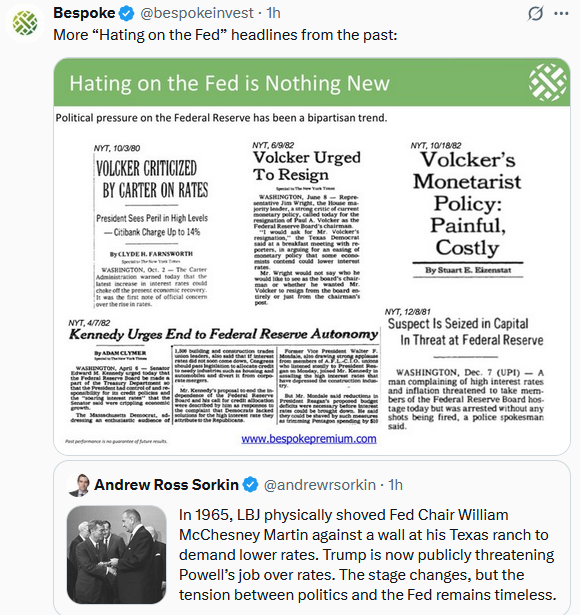Goldman Sachs expects Nvidia ’beat and raise,’ lifts price target to $240
Investors aware of which types of stocks are rotating in and out favor have a distinct advantage. On Tuesdays, we summarize key points from our SimpleVisor absolute and relative analysis. The DIY tool uses technical analysis to assess how sectors, factors, and individual stocks are performing relative to the market and on an absolute basis.
If you follow the analysis, you will notice that sectors and factors are often in a state of rotation. In other words, those in demand tend to cool off, in favor of those who were not. Unfortunately, identifying potential beneficiaries of tomorrow’s rotation is somewhat straightforward, but timing is challenging.
Today’s write-up below focuses on the healthcare sector. The question we should be considering is whether the healthcare sector will be the next hot sector or continue to languish.
To help us answer the question, we share the absolute and relative analysis in the section below. Furthermore, we share a graphic from Goldman Sachs to appreciate the historically cheap valuations of the healthcare sector. As shown below, the P/E ratio of the healthcare sector compared to the S&P 500 is the lowest it has been in the last 30 years.
Moreover, its absolute P/E is in the lower third of readings over the past 30 years. The sector is also very cheap and very oversold on a shorter-term technical basis. So what may preclude the sector from being the next beneficiary of sector rotations?
We believe there are two significant headwinds: political and investor sentiment. On the political front, healthcare companies are facing considerable uncertainty regarding Medicare/Medicaid policies, drug pricing regulations, and substantial changes to key governmental regulatory agencies.
Investors appear willing to overlook the sector despite its affordability as they are enamored with high-risk, high-growth opportunities, leaving healthcare in the dust.
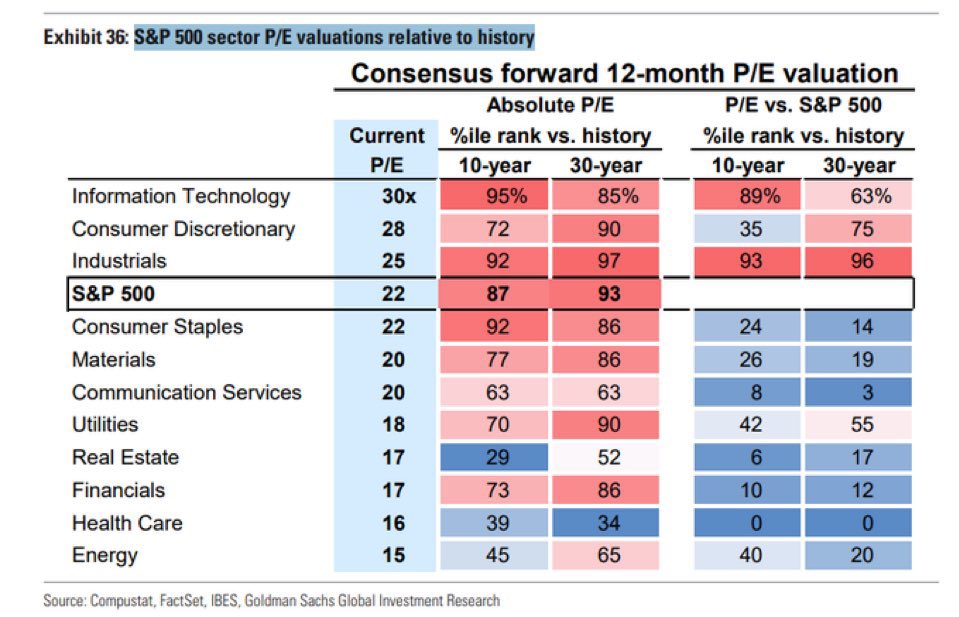
Market Trading Update
As discussed yesterday, the market has returned to a much more speculative environment. However, as we edge into August and September, those months are more prone to weakness. One thing the past couple of years have taught investors is that “buying the dip” works. Just recently, Sentiment Trader reported on the same.
“Even now, anything sticky brings me right back to those days. My parents were exceptionally hard-working but financially naive. I had to scratch and claw for every dollar. That’s why, when I read something in the financial press, my first instinct is caution. For 25 years, I’ve been semi-obsessive about claims of irrational exuberance, watching for bubbles, searching for what could go wrong. I’m not a pessimist, but I have raw memories of what it feels like to have nothing.
My antennae tingled when the Financial Times noted that retail investors have been reaping bargains by buying tech stocks on days they decline. By doing so and simply holding for the next session, their theoretical cumulative return in 2025 is among the best ever. That smacks of dangerous levels of confidence because ‘the market always bounces back.’ So far this year, the cumulative gain by buying a down day in the Nasdaq 100 (NDX) and holding it only for the next session is +29%. That’s second only to 2020 and ahead of the year 2000.“
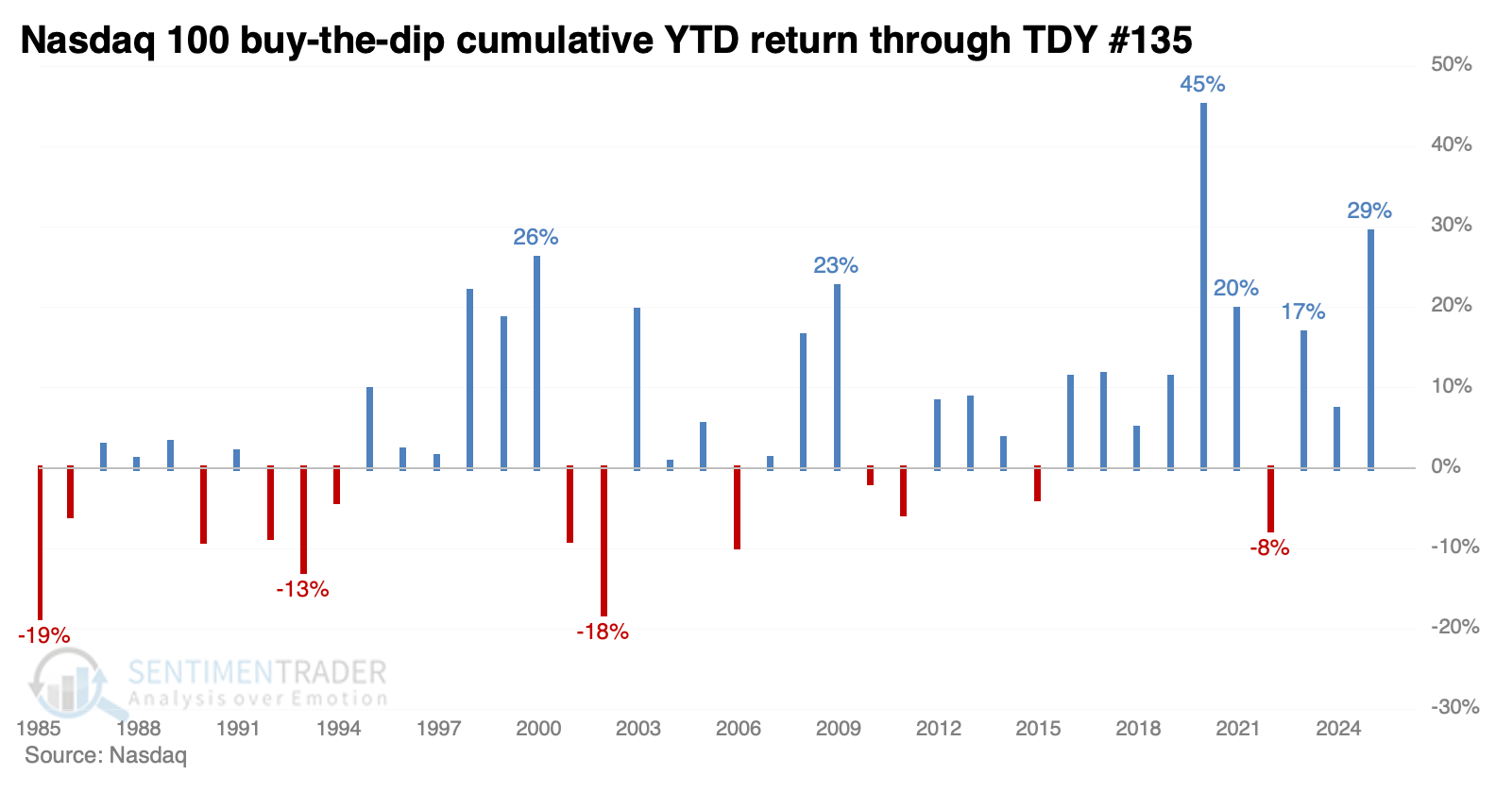
“The S&P 500 has a much longer history, but 2025 still stands out for buy-the-dip sentiment. The S&P’s cumulative +18% return this year is tied for the 4th-highest since 1928.”
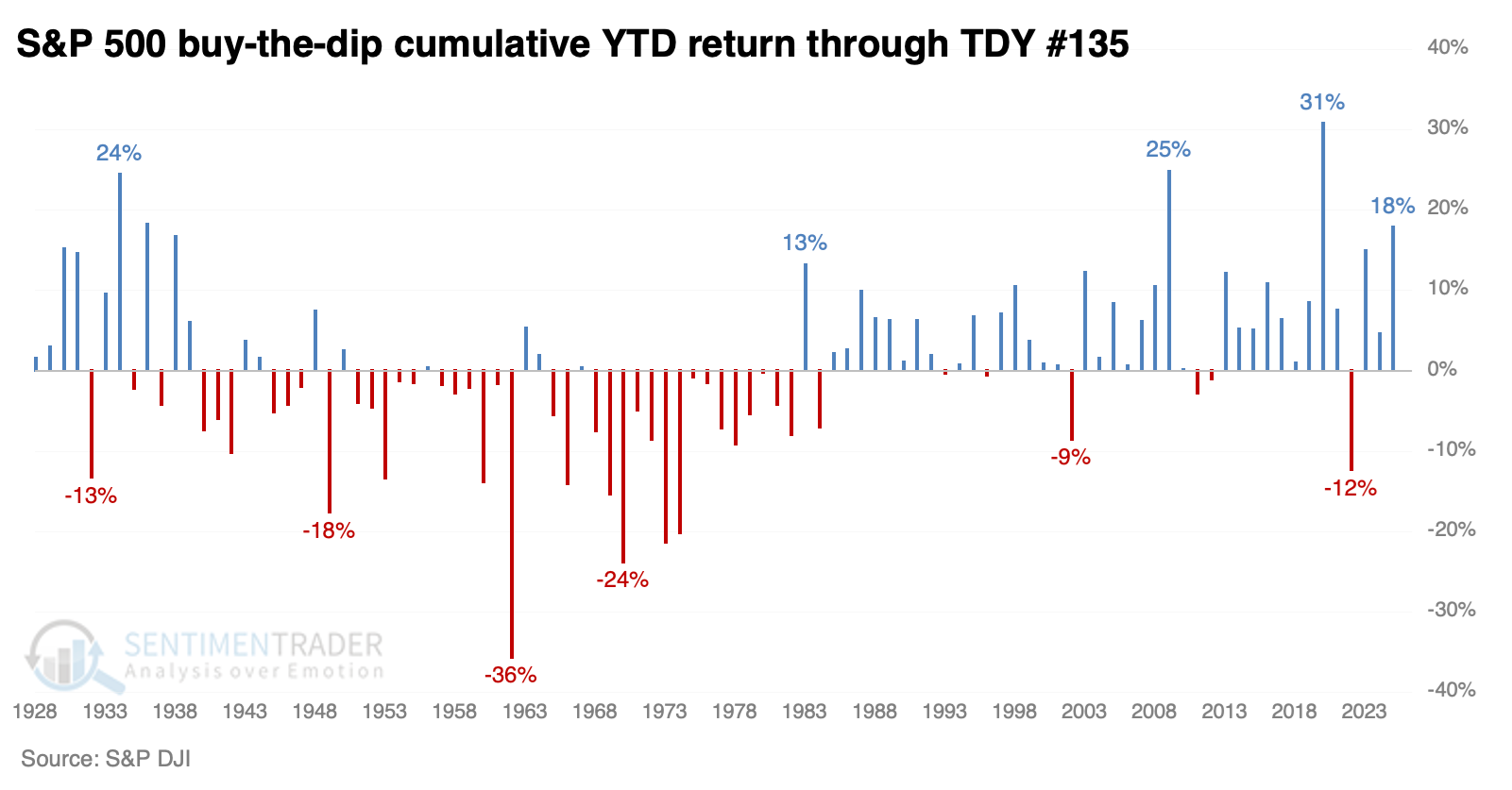
As Sentiment Trader concludes:
“Narrower indices like the tech-dominated Nasdaq 100 can often exhibit trendier behavior. It can go on long runs both ways. That’s why we frequently see periods of positive momentum leading to positive returns, and vice versa.
Broader indices tend to be more mean-reverting, with periods of momentum preceding poorer-than-random returns and vice versa. We see that phenomenon above, with traders’ buy-the-dip behavior through the year’s first half. When it’s highly positive, like 2025, the Nasdaq 100 tends to do better than when buy-the-dip wasn’t a thing.
The S&P tended to do worse. For our current situation, this may be a modest positive for the Nasdaq 100 for the balance of the year, as it can be difficult to shake traders away from a strategy that’s been working. For the broader market, it’s not necessarily a great sign, and is a small brick in the pile of things to start to be concerned about.”
This data coincides with our discussion in yesterday’s blog post, which showed signs that “Retail Speculation is Back with a Vengeance.” From 0DTE options trading to margin debt, the signs of excess are growing.
Notably, none of this suggests that the market will crash tomorrow, but these signs almost always precede short to intermediate downturns. We remain long-biased in portfolios as the bullish “herd” continues to chase higher asset prices. However, we are focused on the risk we are taking, and have a very “itchy trigger finger” hovering over the sell button.
Trade accordingly.
It’s Not Just Valuations, Healthcare Is The Most Oversold Sector
The opening section examines the low fundamental valuations of the healthcare sector. Adding to the analysis, as we share below, the sector is being shunned on a short-term technical basis. Its relative score, based on technical analysis of its excess returns versus the S&P 500, is a very oversold -0.75.
The second graphic shows the relative and absolute scores for the top ten holdings of the XLV healthcare ETF. As shown, Johnson & Johnson (NYSE:JNJ) is the only of the ten stocks with a positive relative score. Moreover, its absolute score is decently overbought.
Conversely, UnitedHealth Group (NYSE:UNH) and Abbott Laboratories (NYSE:ABT) are pulling up the rear. UNH has a very oversold absolute and relative score. However, while it may be tempting to buy, the company faces a criminal investigation for Medicare fraud. ABT shares fell by nearly 10% last Friday due to weak earnings guidance. The sector is not without risk, but its oversold status warrants paying attention.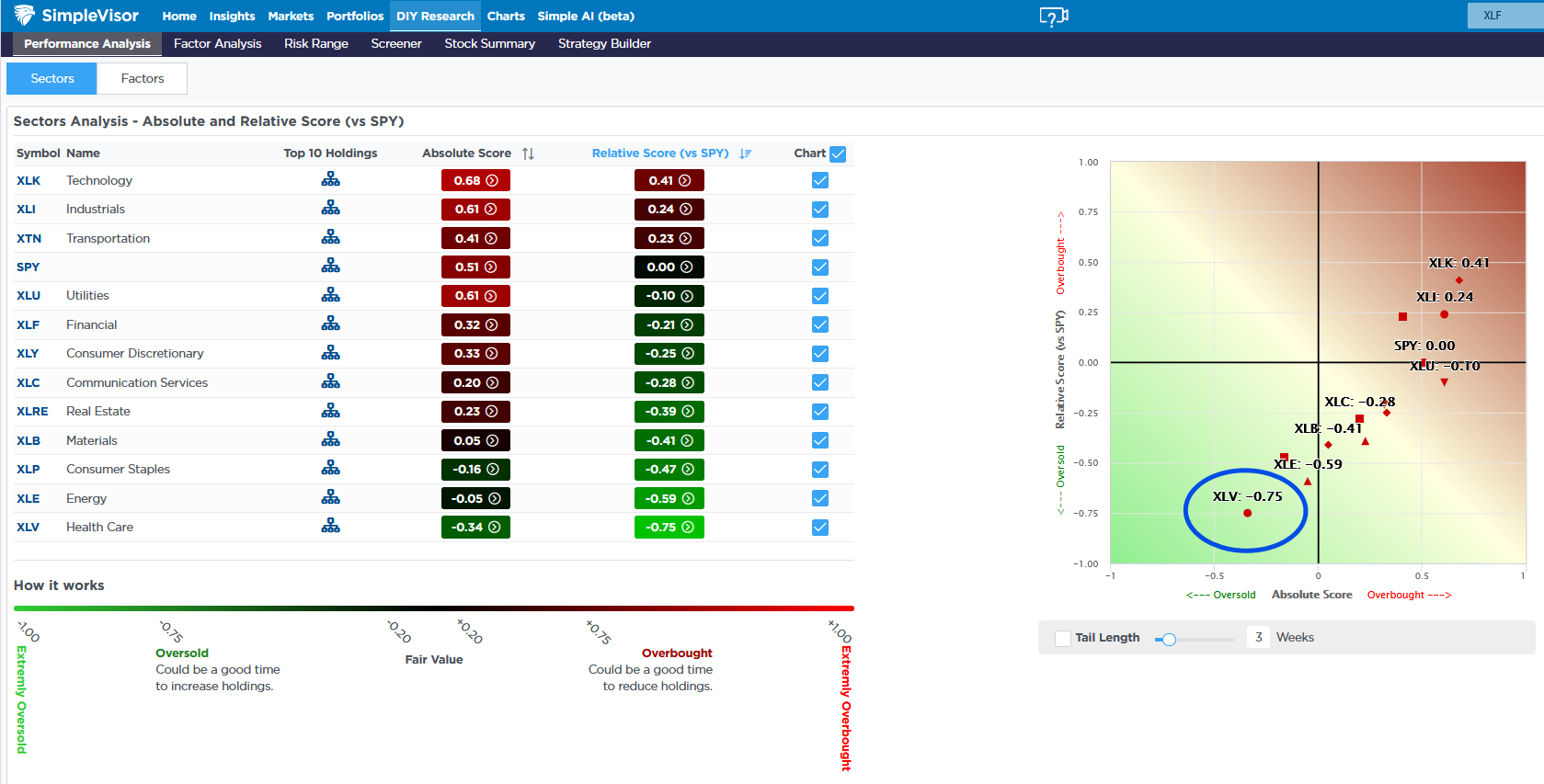
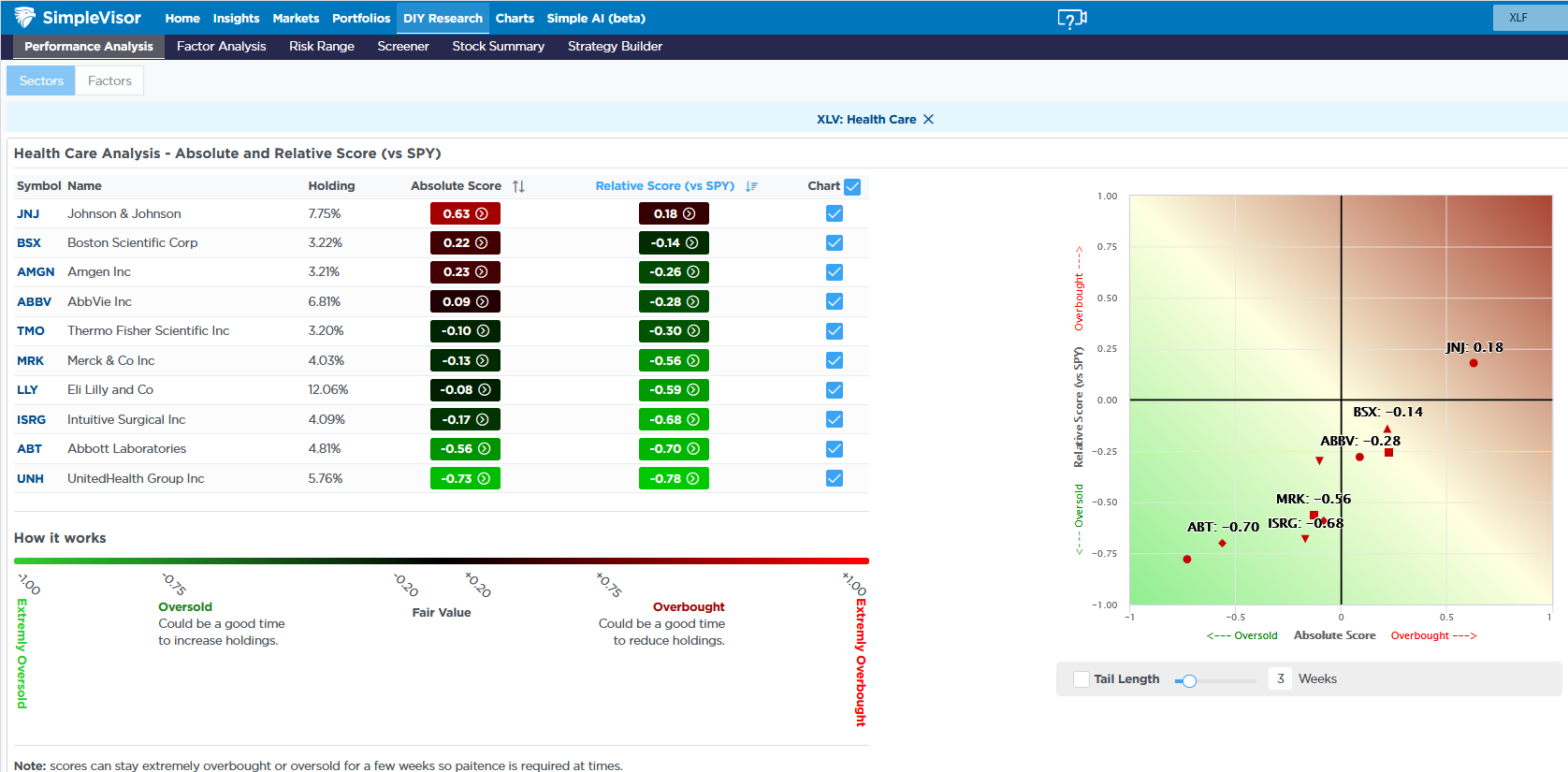
Tweet of the Day
